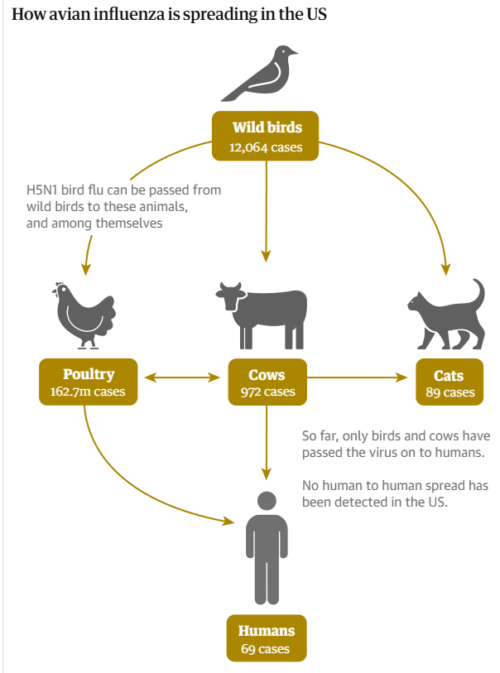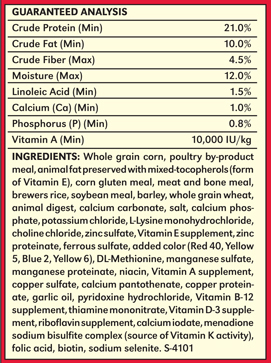Dog owners: watch out for werewolf syndrome linked to dog chews
Apparently, dog chews made in China may be causing werewolf syndrome in dogs in the UK.
A total of 10 different Barkoo and Chrisco branded chews have been linked to werewolf syndrome by teh FSA [Food Standards Agency] and EU. They have best before dates ranging from Decembrer 2025 to June 2027.
The term werewolf syndrome has gained traction online as shorthand for a cluster of symptoms reported in dogs who appear to have consumed certain chew products. While not an official medical diagnosis, the term groups together sudden neurological symptoms such as:
Sudden, unprovoked aggression or fearfulness.
Excessive barking, crying or howling.
Hyperactivity or restlessness.
Destructive tendencies, such as chewing furniture.
Physical symptoms such as epileptic-style seizures, vomiting, diarrhoea and lethargy have also been observed in some cases.
The cause? Unknown (mycotoxins?).
No cases have been reported from the U.S.
What to do? Don’t feed those chews to dogs.





